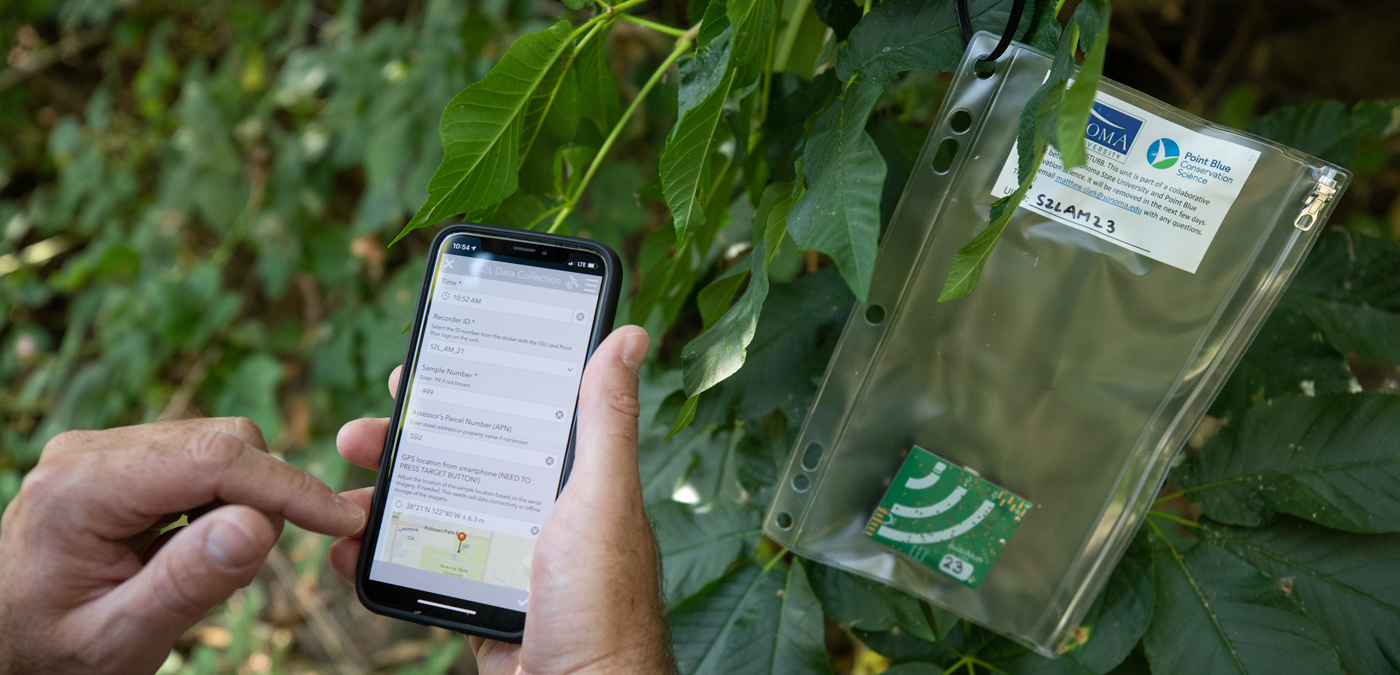“Computer science is very much a tool, but that tool needs to be applied to whatever data set you’re working on, whether that be in the realm of economics, finance, biology, geology or whatever specialty,” Alex Dewey says.
Earning them first place in the Engineering and Computer Science (Mixed) category, Dewey and Jonathan Calderon Chavez’s
machine learning work contributed to Northern Arizona University Ph.D. candidate
Colin Quinn’s thesis at the intersection of ecology and information sciences. Dewey and Calderon Chavez, along with student team members Antone Silveria and Vincent Valenzuela, fed labeled visualizations of sounds that Quinn created, called mel spectrograms, through an artificial intelligence to train it to recognize patterns.
The algorithm that utilizes machine learning can now recognize and categorize new recordings—including human sounds, animal sounds and nature sounds like rain and wind—helping biologists monitor biodiversity in an area over time.
“The purpose of this work is specifically for biologists to have a way of measuring the environment,” Dewey says. “People will be able to use this information to better analyze the effects that certain builds have on an environment, how the ecosystem is changing and where animals are located.”
This work is also part of a larger project and partnership called
Soundscapes to Landscapes, which includes Sonoma State and provided the sound recordings. The two computer science students got involved through a computer vision course with Assistant Professor of Computer Science Gurman Gill, Ph.D., and completed the work under SSU Geography, Environment & Planning Department Professor and Soundscapes to Landscapes team member Matthew Clark, Ph.D.
“I wanted to take part in this research project and learn about how we can address certain issues like climate change that we face in Sonoma County,” Calderon Chavez says.
